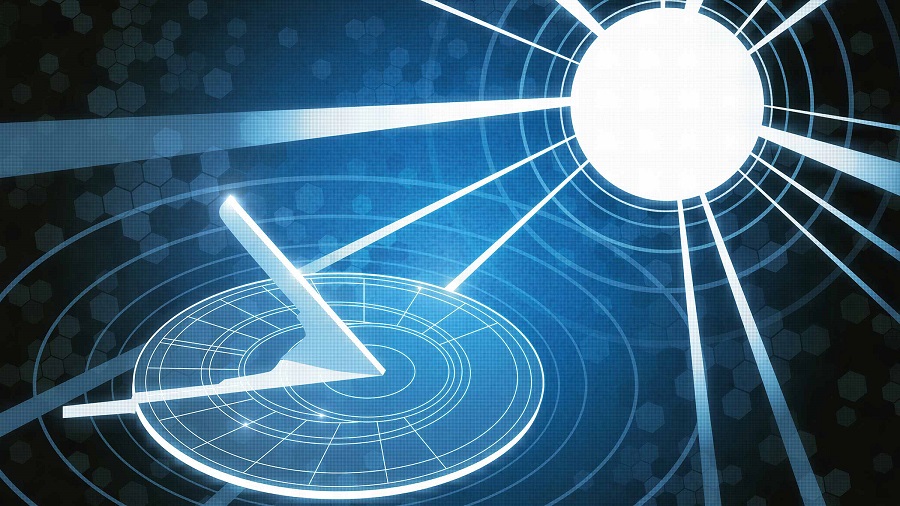
The Most Accurate Clocks in the History of Time
A clock is one of the most important tools for keeping time. There are a number of different clocks, including the Sundial, Pendulum clock, Marine chronometer, and the Standard Clock. These timepieces all play a crucial role in our lives. But which timepiece is the most accurate? Here is a look at each of the different kinds of clocks and when they were invented. Listed below are some of the most important historical examples of timepieces.
Pendulum Clocks
It’s no secret that the pendulum clock is one of the oldest and most accurate ways to tell the time. It was invented by Galileo in 1656, and it dominated the timekeeping industry for almost three centuries. Its accuracy increased dramatically over the years, and many new designs were created to improve their accuracy. Even modern-day pendulum clocks are based on pendulums.
Sundials
The Greeks had been studying sundials for over two thousand years. They discovered that the gnomon stopped being installed vertically and passed through its proper position parallel to the Earth’s axis. With their newfound geometry knowledge, they developed a complex type of sundial called a scaphoid. A scaphoid consisted of a block with several hollow hemispheres. Each hemisphere contained a needle bar that served as the serving point for the gnomon.
Marine Chronometers
The history of marine chronometers can be traced back to the early eighteenth century, when John Harrison, a self-educated carpenter from Yorkshire, invented the first practical marine clock. Born on March 24, 1693, Harrison grew up in Foulby, England, and by 1700 had moved to Lincolnshire. He followed in his father’s footsteps into the carpentry trade.
Standard Clock
The Standard Clock is one of the most important inventions in the history of time. It was invented to measure the passing of moment and has shaped the world since its inception. In fact, it is so important that it has been celebrated around the world as the “winding of the time.” In the United States, the clock is celebrated on the fourth Sunday of November. In Europe, the day marks the beginning of the holiday season.
Sandglass
The sandglass is a complex tool that uses a high-speed shaking motion to decrease the time it takes to measure. Its accuracy depends on the precise ratio between the grain diameter and the neck width. The first hourglass was invented by a French monk, Liutprand, in the eighth century. In medieval Europe, the invention of the mechanical clock and time-rate wage accelerated the process of economic change.
Waterclocks
A water clock displays time by the repetition of marking time in equal amounts. However, it is difficult to control the rate of water flow and thus water clocks are not perfectly accurate. A water clock may not be accurate to the second, but it is accurate to several hours. Waterclocks are the oldest known type of time-telling device. These devices were first used in ancient Egypt. They were used for three millennia.
Candles
Historically, candles have been a very useful way of telling the time. They were primarily made from paper, flax, hemp, and cotton. They had varying times for burning. Candles were made with chemicals to control the burning rate and coiling wicks. The wicking material can be made from almost any fiber. In the early days, loosely spun cotton was common. The candles were also useful as timepieces. To know more about interesting facts, stay connected with different kinds of blogs.





Recent Comments